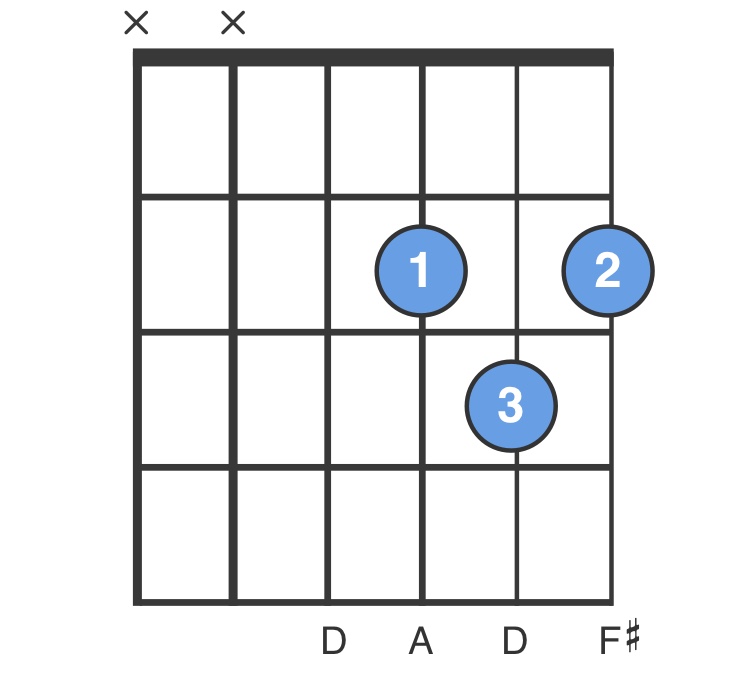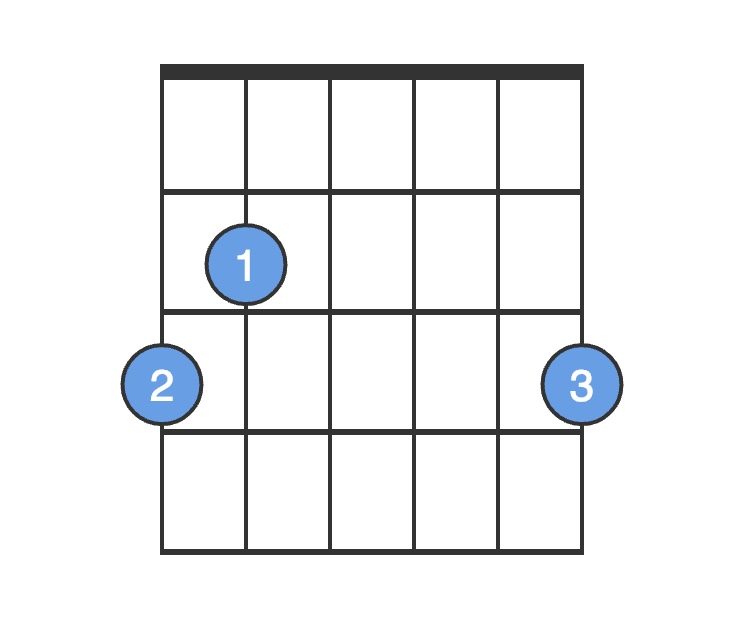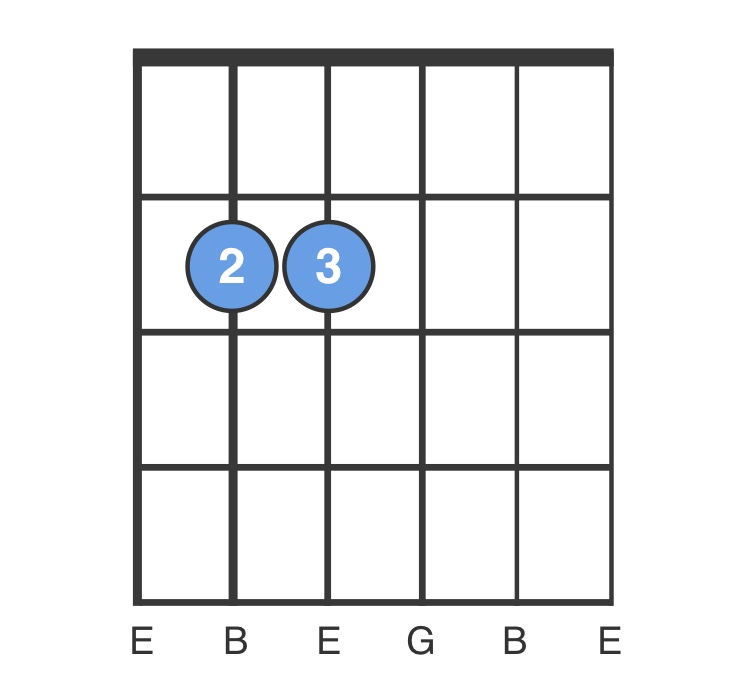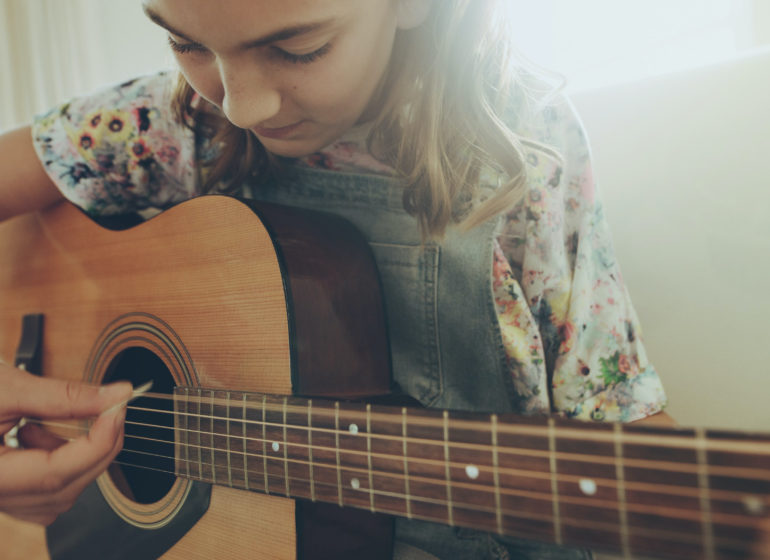Techwithgeeks.com says that there is so much going on around us that is outside of our control, but if there is one thing that has the power to connect us, it’s music. Why not make the most of your time in quarantine by learning how to play the guitar? Whether you have a fair amount of experience or none at all, quarantine is an opportune time to become a skilled guitarist.
Find the Right Guitar

To learn to play the guitar, you’ll first need to find the right instrument to practice on. Luckily, there is a wide selection of acoustic models for you to choose from. There are models to fit every budget and aesthetic, so you can easily find the right guitar for you.
The key components to keep in mind when shopping for a guitar are:
- Price
- Style
- Size or recommended player age
Whether you’re shopping online or in-person, you should check out all the details of each guitar you come across. You don’t have to spend a ton of money to get a great guitar. Instead, pay attention to how the guitar feels when you handle it.
Once you find a guitar you like, you’re ready to learn how to play it. What’s the first step?
The Technical Stuff
You can’t learn how to make music with your guitar without knowing what parts make up the instrument. Below is a quick guide to the different parts of the guitar:
- The Neck: The long, thin part of the guitar
- The Headstock: Found at the end of the neck
- Tuning Keys and Pegs: Tuning keys are used to tune the strings of your guitar. Tuning pegs are connected to the tuning keys and are where the strings are attached to the guitar.
- The Nut: The narrow strip that the strings lay on.
- The Frets: The thin strips along the neck.
- The Fretboard: The piece of wood under the strings that runs along the neck.
- Body: The larger part of the guitar that makes up the rest of the instrument.
Acoustic guitars also have the following components:
- The Pickguard: Protects the area of your guitar where you strum from scratches.
- The Soundhole: Most often found in the middle of the guitar, the soundhole is the opening in the body of the guitar where sound escapes.
- The Bridge: The part of the guitar at the end of the string, opposite the tuning keys, that is glued on top of the body.
- The Saddle: The thin strip on the bridge where the strings sit before they go into the holes on the bridge.
- The Bridge Pins: Bridge pins are placed in the holes to hold the strings in place.
Learn your Chords
To play the guitar, you will need to learn guitar chords. Each chord sounds different because of the positioning of your fingers. You will strategically place your index finger, middle finger, ring finger, and pinky to play each guitar chord. If you are a beginner, it may feel awkward or uncomfortable, but the more you practice, the smoother the movements will feel.
D Chord

To play the D chord, place your index finger on the third string at the second fret, your middle finger on the first string at the second fret, and your ring finger on the second string at the third fret. Leave your pinky finger off the strings. With your fingers in that position, strum the bottom four strings using your other hand. That’s the D chord.
C Chord

To play the C chord, put your index finger on the second string at the first fret, your middle finger on the fourth string at the second fret, and your ring finger on the fifth string at the third fret. Leave your pinky finger off the strings. With your fingers in that position, strum the bottom five strings using your other hand. That’s the C chord.
G Chord

To play the G chord, put your middle finger on the fifth string at the second fret, your ring finger on the sixth string at the third fret, and your pinky finger on the first string at the third fret. Leave your index finger off the strings. With your fingers in that position, strum all the strings. That’s the G chord.
E-minor Chord

To play the E-minor chord, place your middle finger on the fifth string at the second fret and your ring finger on the fourth string at the second fret. Leave your index finger and pinky finger off the string. With your fingers in that position, strum all the strings with your other hand. That’s the E-minor chord.
As a beginner, you should continue to practice each of the chords until it feels comfortable. As you continue practicing, you’ll be able to transition from one chord to another with ease, which means you are well on your way to learning how to play a song.


